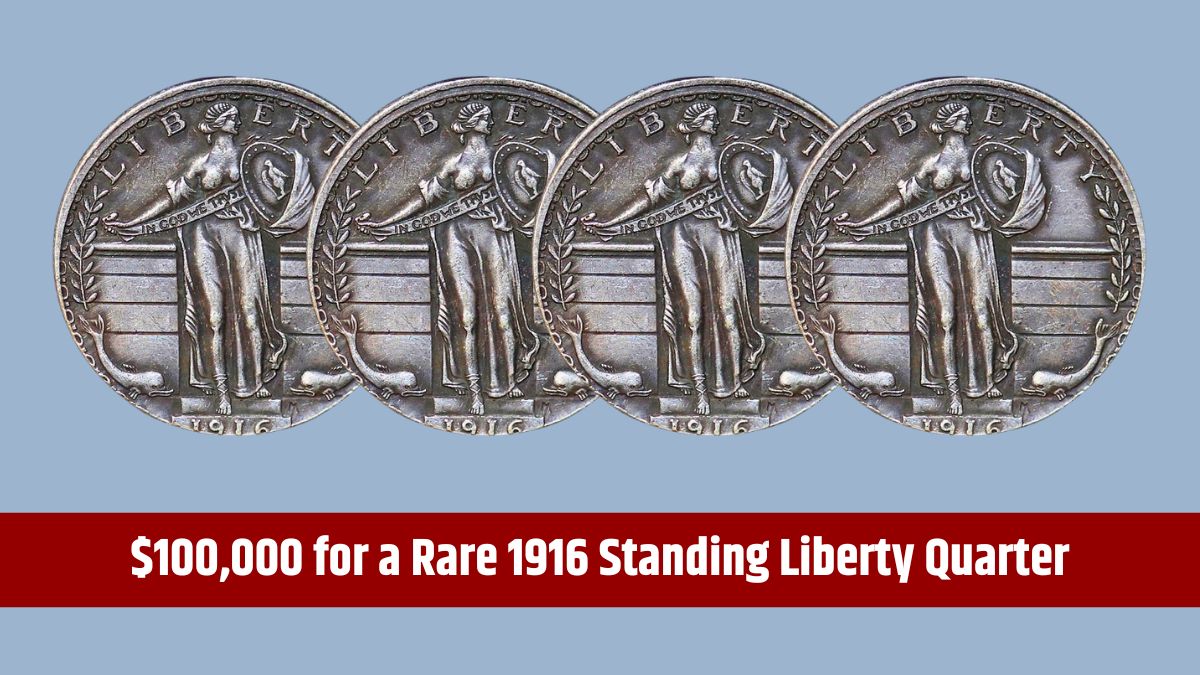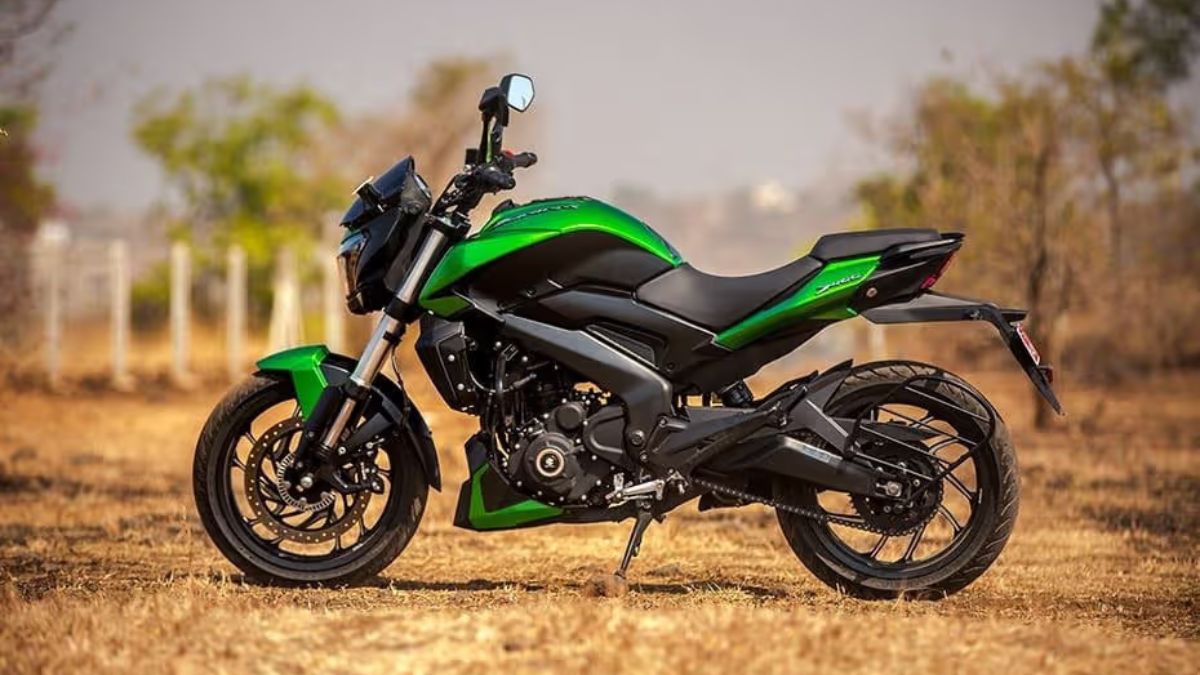Coins have fascinated collectors and investors for centuries. Whether it’s their intricate designs, historical significance, or rare errors that make them worth millions, there’s a lot to love about numismatics. One coin that has caught the attention of collectors worldwide is the 1916 Standing Liberty Quarter. This rare coin can fetch as much as $100,000, depending on its condition. But that’s not all—there are other valuable coins that could make you a small fortune. Let’s look into what makes these coins special, how to spot them, and some essential tips for collectors and investors.
Coin Value
Coins hold value for several reasons, including rarity, condition, historical significance, and unique features. Some coins are valuable because they were produced in limited numbers, while others contain rare errors that make them one of a kind.
The 1916 Standing Liberty Quarter is a prime example. Only 52,000 of these coins were minted, making them highly sought after by collectors. Many were worn down from circulation, which increases the value of those that remain in excellent condition. Depending on the grade, these coins can sell for tens of thousands of dollars, with some reaching over $100,000.
History
The Standing Liberty Quarter was introduced in 1916 and minted until 1930. Designed by sculptor Hermon A. MacNeil, the quarter features Lady Liberty standing with a shield in one hand and a laurel branch in the other, symbolizing the nation’s strength and peace.
The 1916 Standing Liberty Quarter is especially significant because it was the first year the coin was issued. It also features an exposed breast design, which was considered controversial at the time. In 1917, the U.S. Mint modified the design to make Liberty’s figure more modest. This change, along with the coin’s low mintage, makes the 1916 version particularly valuable to collectors.
How to Identify the Quarter
If you think you might have a 1916 Standing Liberty Quarter, here’s how to identify it:
- Date Visibility – Ensure the date is clearly visible. The 1916 version has an exposed breast design, which was later altered.
- Mint Mark – The coin was minted in Philadelphia, meaning it does not have a mint mark. If a mint mark is present, it is from a different year.
- Condition – Coins in better condition are worth more. If your coin has minimal wear and retains its original details, it may be highly valuable.
- Errors and Variations – Some coins have manufacturing errors that can further increase their value. Look for double strikes or missing details.
Popular Coin Grading Systems
Understanding how coins are graded is crucial for determining their value. Two widely used grading systems include:
- The Sheldon Scale – Used by organizations like the Numismatic Guaranty Corporation (NGC) and the Professional Coin Grading Service (PCGS), this 1-70 scale determines a coin’s condition. A grade of 70 means the coin is perfect, while a grade of 1 indicates heavy wear.
- Mint State (MS) and Proof Grades – Uncirculated coins fall into the MS-60 to MS-70 range, with MS-70 being flawless. Proof coins, struck with high-quality finishes, range from PR-60 to PR-70.
Other Valuable Coins
1913 Liberty Head Nickel – $3.7 Million
One of the rarest coins in U.S. history, the 1913 Liberty Head Nickel, has only five known specimens. Originally struck as an experimental piece, it was never intended for circulation. One of these nickels sold for $3.7 million at auction.
1969-S Lincoln Cent – $40,000+
This coin features a doubled die obverse, meaning some elements appear duplicated. If you spot a 1969-S Lincoln Cent with this error, it could be worth over $40,000 in good condition.
1972 Lincoln Cent – $400+
Similar to the 1969-S version, the 1972 Lincoln Cent has doubling on the obverse. While not as valuable, it can still fetch $400 or more depending on its condition.
1933 Gold Double Eagle – $19 Million
Regarded as one of the most beautiful U.S. coins, the 1933 Gold Double Eagle was never officially released due to the Gold Reserve Act of 1933. Only a few escaped destruction, and one sold for $19 million in 2021.
1916-D Mercury Dime – Thousands of Dollars
With a low mintage, the 1916-D Mercury Dime is highly sought after. Even well-worn examples can be worth thousands, making it a valuable find for collectors.
How to Protect Coins
If you own valuable coins, proper storage and handling are essential for preserving their worth:
- Use Protective Holders – Store coins in plastic flips or airtight holders to prevent damage.
- Keep Coins in a Dry Environment – Moisture and extreme temperatures can cause corrosion.
- Avoid Cleaning Coins – Cleaning can reduce a coin’s value. If necessary, consult a professional.
Where to Buy and Sell Rare Coins
If you want to buy or sell rare coins, consider these reputable auction houses and dealers:
- Heritage Auctions – One of the largest and most trusted coin auction houses.
- Stack’s Bowers Galleries – Specializes in high-end rare coins.
- Sotheby’s and Christie’s – Occasionally feature rare coins in their auctions.
Tips for Avoiding Coin Scams
Unfortunately, rare coins attract fraudsters. Here’s how to avoid scams:
- Buy from Trusted Dealers – Ensure you’re dealing with reputable sellers or auction houses.
- Ask for Certification – Always request a grading report from a professional service.
- Be Wary of Unrealistic Offers – If a deal seems too good to be true, it probably is.
Rare coins like the 1916 Standing Liberty Quarter represent a fascinating mix of history, artistry, and value. Whether you’re a seasoned collector or just starting, keeping an eye out for these valuable pieces could lead to an incredible known. With the right knowledge and patience, you might find yourself holding a coin worth thousands—or even millions—of dollars.
FAQs
How much is a 1916 Standing Liberty Quarter worth?
Depending on condition, it can be worth up to $100,000.
How can I tell if my coin is rare?
Check the date, mint mark, condition, and look for errors.
What is the best way to sell a rare coin?
Use a reputable auction house, coin dealer, or certified online marketplace.
Should I clean my rare coins?
No, cleaning can decrease their value. Consult a professional instead.
Where can I get my coin graded?
Professional services like PCGS and NGC offer coin grading.






